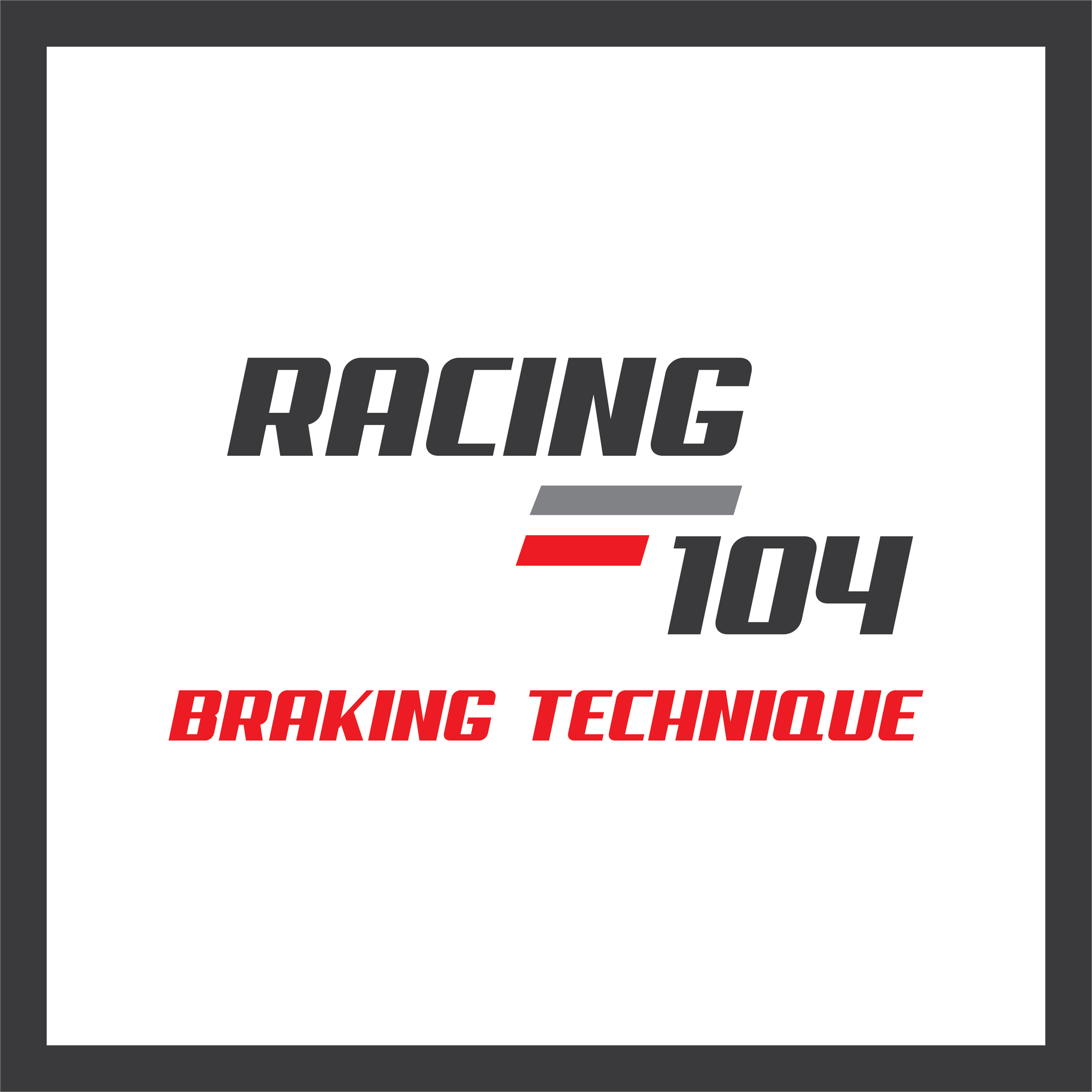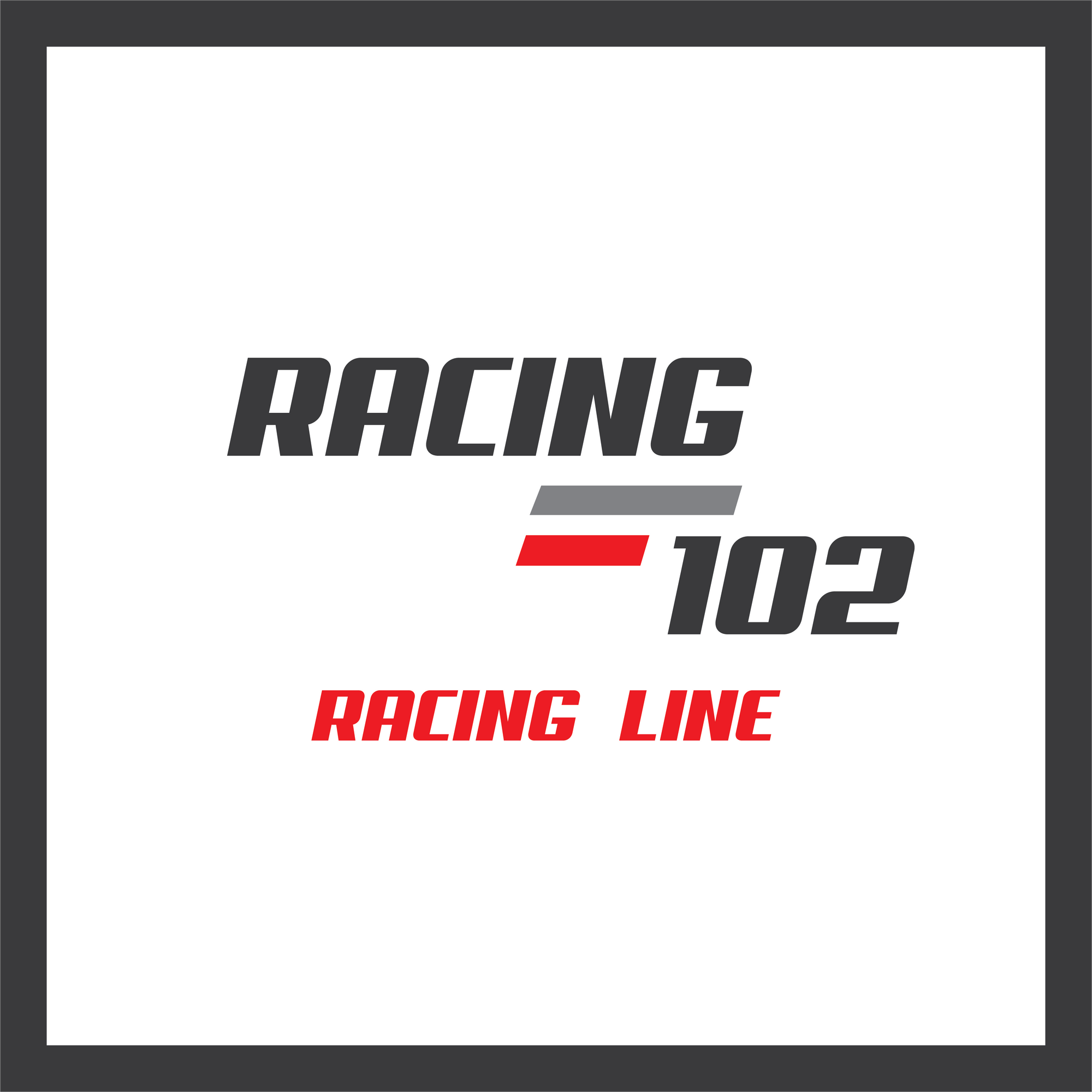Key video points:
Of all the things to remember on the race track, perhaps the one that can be the toughest to keep in mind is just how important it is to use your eyes correctly when driving on track at speed. In fact, using your eyes can be critical to your success as well as safety. In this section, you'll hear about the importance of looking forward, finding visual cues along the race track, how to use your eyes in traffic, and making adjustments for the sim.
You may have heard someone say, "Look where you want the car to go!" Makes sense, but in reality, it's a bit more complex than that. You need to look ahead; far ahead. Perhaps because we spend so much time driving on public roads at lower speeds or in traffic, we tend to look at the road directly in front of the car. Or, maybe at the rear bumper of the car ahead. On the race track, when we apply that same focal length when we drive at speed, we get into trouble. The track will be rushing at us so quickly that reference points can't be processed, and become reactive as drivers. The further ahead you look, the slower your environment seems to be going, giving your brain more time to process information, allowing you to pick up your reference points early and anticipate your next move. One thing that you'll likely notice is that you'll make fewer reactionary steering inputs and, overall, your driving will be considerably more fluid. Looking ahead is especially more important in the sim; because there aren't any physical forces acting upon your body, you have to process a tremendous amount of data about what the car is doing through visual cues.
There are a couple of methods that you can use to exercise your eye placement, both in real-world driving and in the sim. When driving on the street, make every effort to look far down the road, using your peripheral vision to absorb what's happening around you. This will not only give you some practice, but also make you a more prepared driver on the street. When you're on track in the sim, always look to the next corner! Once you've committed to the corner that you're in, get your eyes up to your next target. A great place to practice this is at the Mazda Raceway Laguna Seca corkscrew. This track features a series of closely-connected technical corners along with some elevation changes, as well as a corner exit that's tough to see. As you drive through this segment of the track, once you've hit the apex of a corner force yourself to look ahead to your next turn-in and apex.
Remember, always focus on what's coming next. Don't just look at the pavement that's coming up in front of you, widen your sight picture and take in everything that's available as a reference point. Guardrails, buildings, trees and terrain are all good for this. Having spatial awareness also allows you to focus on another important skill; driving in traffic. As you know, there are some natural tendencies from street driving that we sometimes bring to the track. Worst of which is focusing your eyes on the car immediately ahead of you. it is very easy to get caught up in what the driver in front of you is doing and thereby losing concentration on your own line, and your own race. You've got to do your best to resist this, looking beyond the car in front of you to pick up your reference points for braking and turning. If you don't, you run the risk of copying exactly what your competitor is doing, mistakes and all, not to mention you'll never go faster than they are. You need to be prepared to turn their mistakes into your opportunities.
Using your eyes in the sim presents a different set of challenges than you would experience in an actual race car. Because your screen is your only connection to the track, all of the driving experience is being absorbed through your eyes *. In addition, because most of you are likely working with a flat-screened monitor, there's no peripheral vision. To some extent, you're going to have to fill in the blanks mentally to complete the field of vision around you. Without the movement of a real care, you don't feel the lateral and longitudinal forces pushing on your body to give you the sensation of how fast you're going, or how much you're slowing down. so, in addition to all of the visual cues you have to remember to stay on-line, you also have to visualize rather than feel understeer or oversteer situations and react to them quickly. it does take some time to get comfortable with using the cues, but with experience you'll note variances in screen motion that will be an indication that you'll need to make an input adjustment with the steering wheel or pedals.
The importance of this segment of racing is often overlooked. ESPECIALLY WHEN IT COMES TO RACE DAY! There are a plethora of incidents that are caused by this factor. Hell, I'd say half of them are directly related to where one of the driver's eyes were. The article is relatively straight-forward and I don't have much to add on the subject; iRacing covered it quite well. However, one thing definitely needs to be said about the importance of using your eyes in relationship to your performance in group sessions. Nobody goes anywhere by being an ignorant, oblivious driver. Using your eyes is key to almost every aspect of the simulation. The better you can use them when by yourself, the more consistently you'll find your marks. You'll be able to reference minute changes in your line, its effect on your performance, and quickly finding new reference points to optimize your line and aid in consistent car placement. On race day, you'll be able to look through the cars people normally fixate on, and hit your marks regardless of the driver ahead. But, you'll still be able to catch their mistakes in your peripheral.
One note here is crucial. You can't use your eyes if your screen is full of another car's tail. Too often I see drivers trying to get around the car ahead running too close, focusing on that car, and then missing their marks or reacting awkwardly when the car ahead makes a mistake. It almost always ends in a collision and a sever case of "Wasn't Me!"-itis. With practice, you'll be able to drive closer to the car ahead and still find your rhythm and marks. But, if you're not at that point, then tailgating will likely only be a hindrance. Plus, it will be easier for you to develop a run on the car ahead, if there's actually room to improve on their vehicle speed through a section. If their rear end steps out, and you have to lift to keep from stuffing it into the back of their car, then you've killed a fantastic opportunity.
* ALSO: Sound plays a significant role in processing the world around us in-sim. Try turning your tire noise up some, and your engine down. If you like the loud engine like I do, then just turn your speakers up afterward. But, you'll have a better awareness of how much load is being placed on the tires, and how they're responding. Another thing I'd like to point out, is that because of the importance of visual input from the simulation, I use Motion Cockpit View. Do a search over on the iRacing forums until I have a write up on it and iRacing's app.ini settings for adjusting the visual immersion, but MCV is a really nice feature to have. Between it and a tweaked app.ini file, my car pitches, rolls, tilts etc. based on how much body roll I get, if I'm driving up an incline, if there's banking on the track... It allows me to process the information available much quicker, regarding the track terrain and vehicle dynamics.



